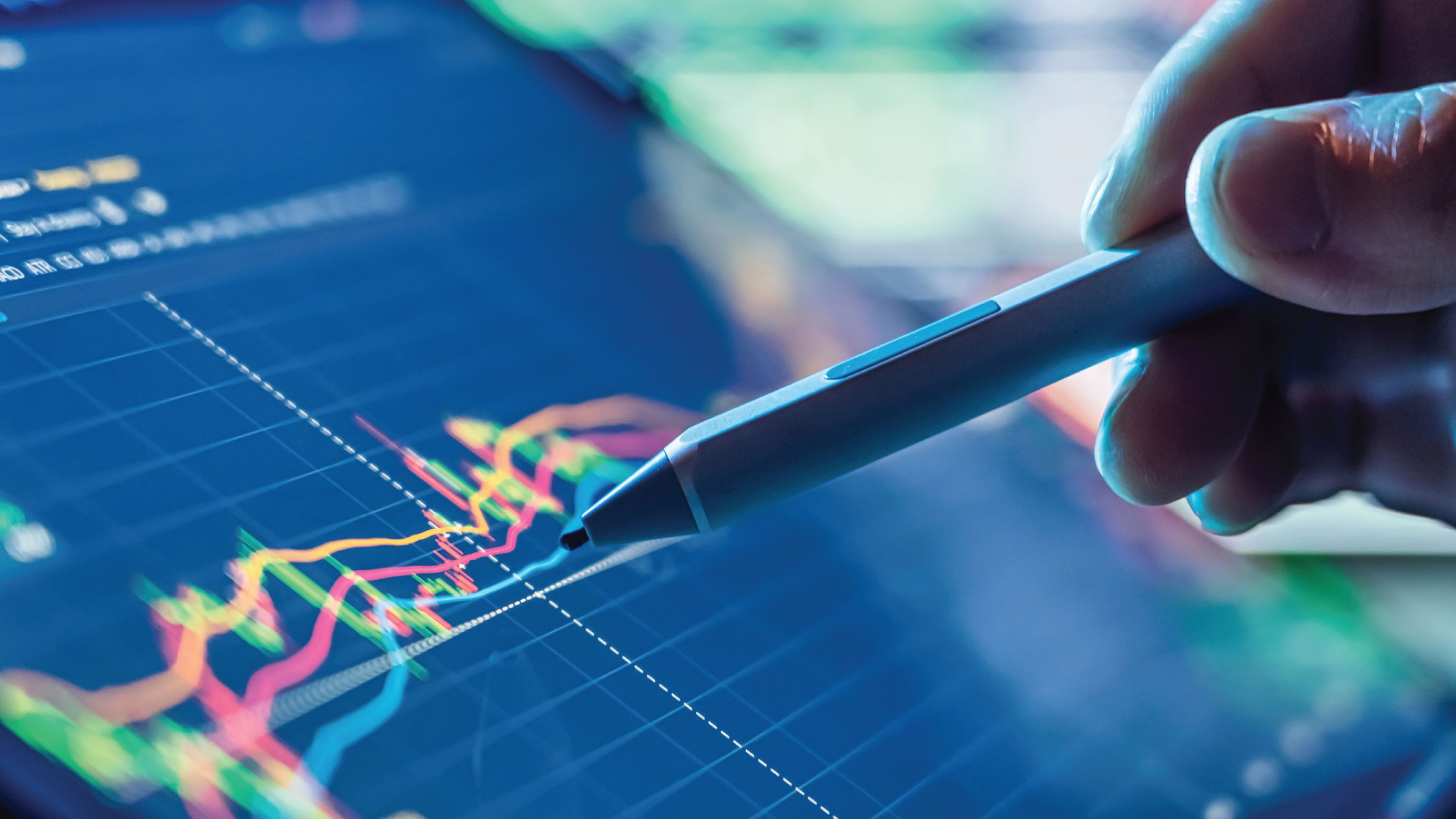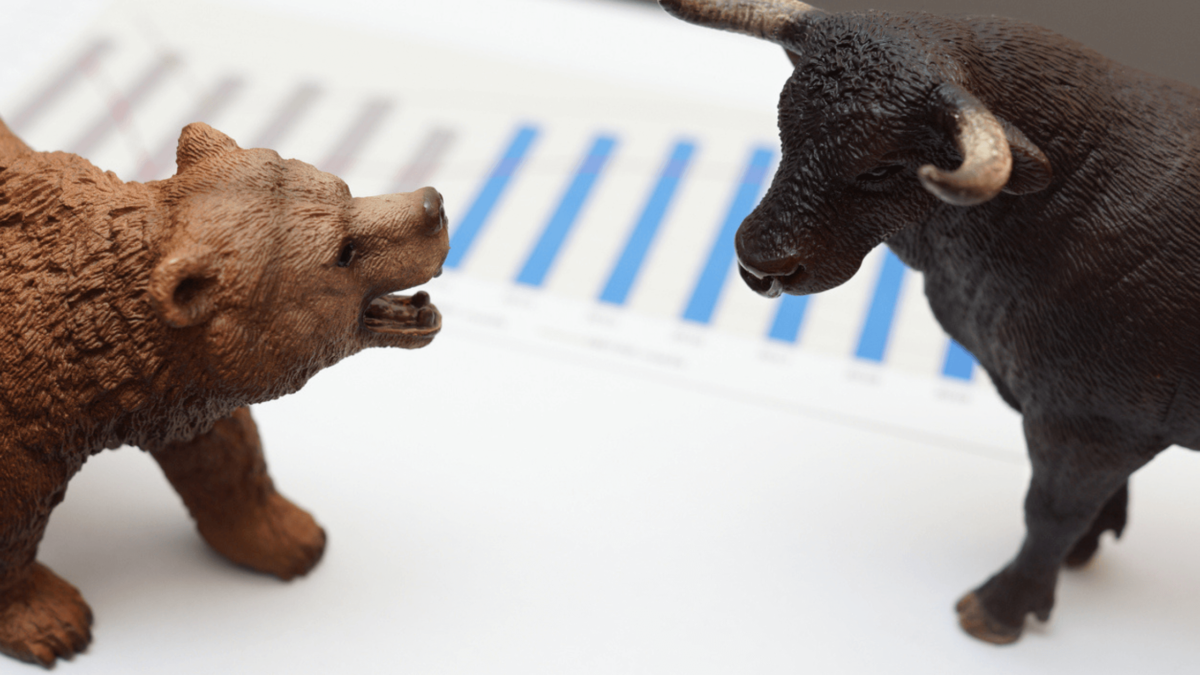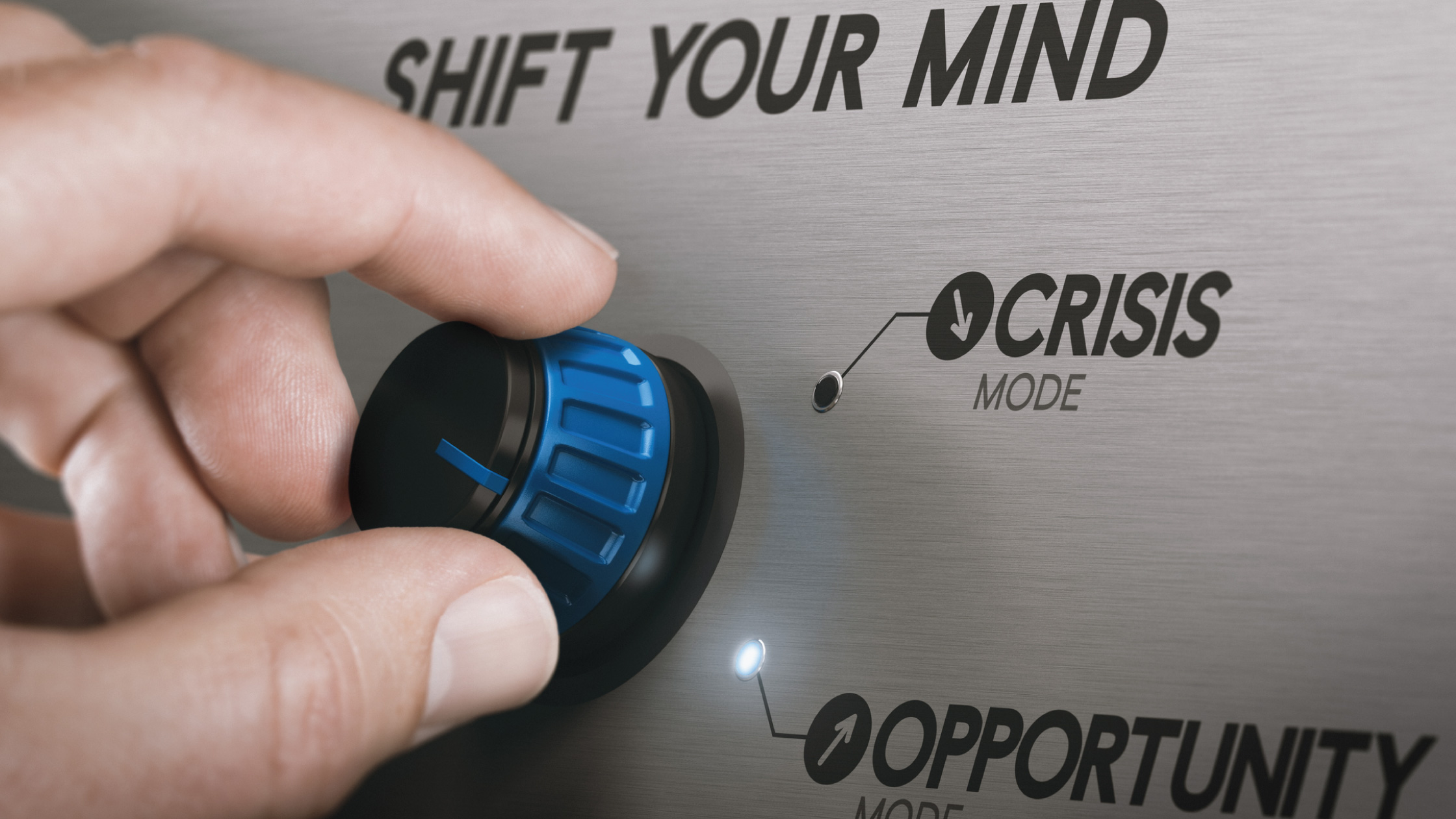Recession Risk in the US: What Does It Mean for Stocks?
May 19, 2022

Right now, US equities – using the S&P 500 Index as a proxy – are bouncing around on the edge of a bear market.
Remember that a “bear market” means a drop of more than 20% for stock prices from their recent highs.
Mind you, the Nasdaq 100 is already well in the grip of the bear, down almost 29% from its 2021 peak.
The risk now appears skewed towards an S&P 500 bear market following, as investors price in the growing risk of a US recession.
Indeed, the S&P 500 touched the fence of bear market territory intra-day last Thursday (12 May), falling exactly 20% off its January peak.
We had been expecting 3,820 on the S&P 500 – that’s the 38.2% retracement of its entire move from its March 2020 low to January 2022 high.
It came close, hitting 3,859 before rebounding. But I reckon it is still too early to bargain hunt. This still feels like a “sell the bounce” rather than “buy the dip” market.
Fed comments not reassuring
Some in the media reckoned the bounce last Thursday was Jerome Powell repeating his 50 basis point (bps) rate hike reassurance. But I doubt it.
It was exactly the same thing he said two weeks before that. Lest we forget, he also said last week the Fed would “do more” (than 50bps) if inflation came in worse than expected.
And the Fed Funds Futures market didn’t really respond to it. It was down in pricing for a few hours on Thursday and then back up again on Friday.
Negative inflation and consumer data
Inflation data was also cited in the media. Again, I doubt it. Yes, there was some easing. But both headline CPI and PPI disappointed market expectations.
More fundamentally, its sustainability is suspect. It was driven considerably by lower gasoline prices in early April and that reversed in late April. So, I wouldn’t be surprised if we see renewed upward pressure in May.
Meanwhile, the less publicised data – the University of Michigan Consumer Sentiment Index – was probably more important.
As I said previously, the bounce in April was not sustainable. And so it has turned back down again in May, more than erasing the bounce in April.
Note that the US economy fell into recession at these or even higher levels in this Consumer Sentiment Index in 1969, 1973, 1980, 1981, 1990, 2001, 2008, and 2020.
The only time the US economy avoided a recession when the Consumer Sentiment Index was this low was in 2011.
But even then, the real GDP growth rate then fell into negative territory for two quarters. The caveat there was that the two quarters were not consecutive.
And here’s something that disturbs me. Typically, consumer sentiment falls as interest rates rise.
But here we have a sharp plunge in consumer sentiment at the very start of the rate hiking cycle. It doesn’t augur well as interest rates rise further.
History points to likelihood of recession
The history books on this topic do not support hopes for bringing down inflation (as high as this) while also managing a “soft landing” for the economy, i.e. not triggering a recession.
In fact, in post-World War Two US economic history, there is no precedent for it.
This ties in with the depressed consumer sentiment data because a large part of inflation busting is about demand destruction, which runs either in tandem or ahead of jobs destruction.
In previous cycles, the Fed started raising rates as inflation rose, which then caused consumer sentiment to fall. But this time, the Fed had let inflation run up very sharply before it started.
It is extremely behind the curve this time. Yet despite that, consumer sentiment is falling anyway. And that’s probably because inflation was eroding real wages.
As the saying in boxing goes, “If the left one don’t get you, the right one will.”
Expect more losses
Assuming that the market starts to focus on recession risk – what’s the downside? There have been seven recessions and six related bear markets over the past half a century (see below).

The average downside was 40%. With the S&P 500 down 19%, more losses are likely if the US economic data gets worse.
Say Boon Lim
Say Boon Lim is CGS-CIMB's Melbourne-based Chief Investment Strategist. Over his 40-year career, he has worked in financial media, and banking and finance. Among other things, he has served as Chief Investment Officer for DBS Bank and Chief Investment Strategist for Standard Chartered Bank.
Say Boon has two passions - markets and martial arts. He has trained in Wing Chun Kung Fu and holds black belts in Shitoryu Karate and Shukokai Karate. Oh, and he loves a beer!






